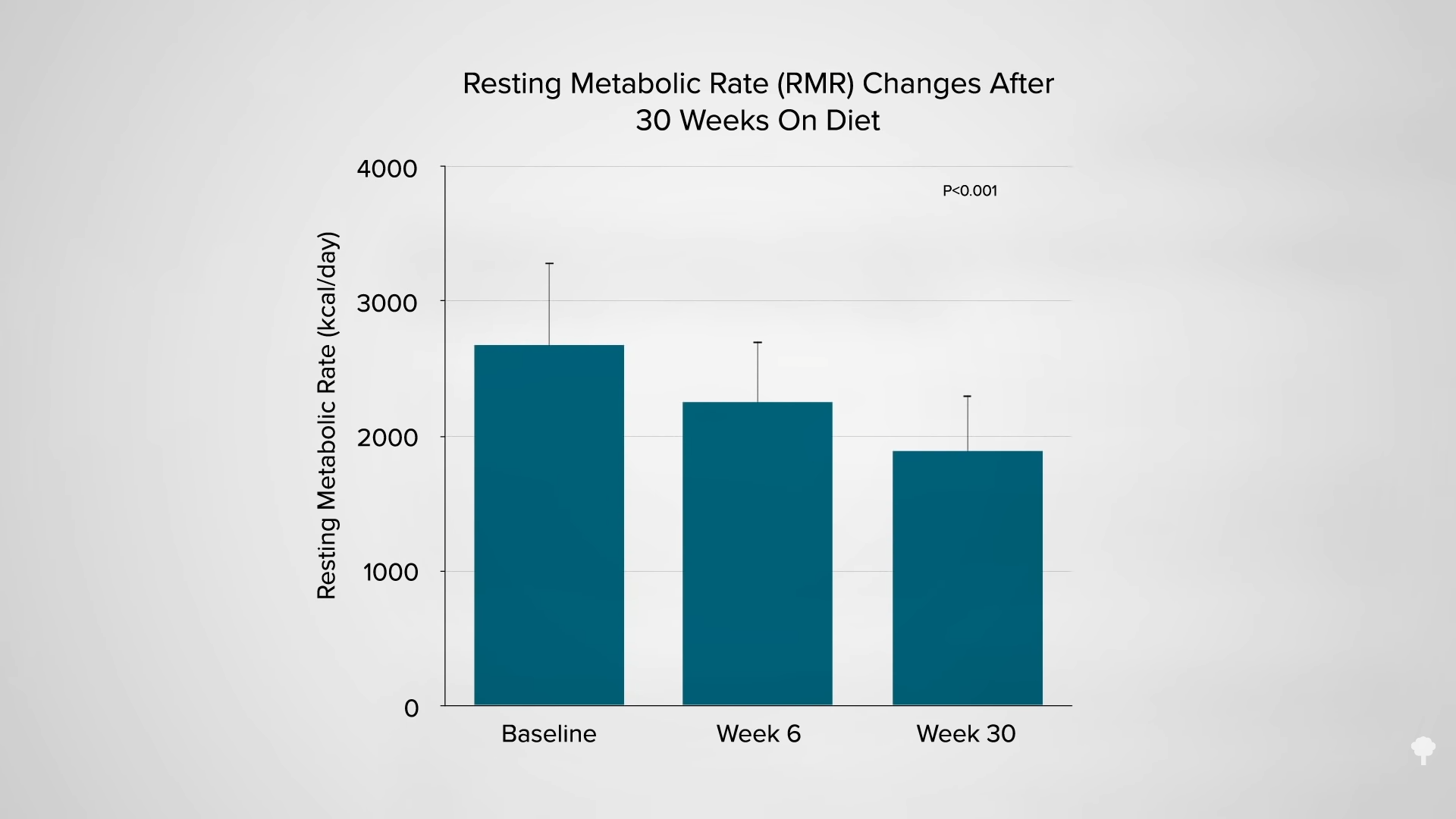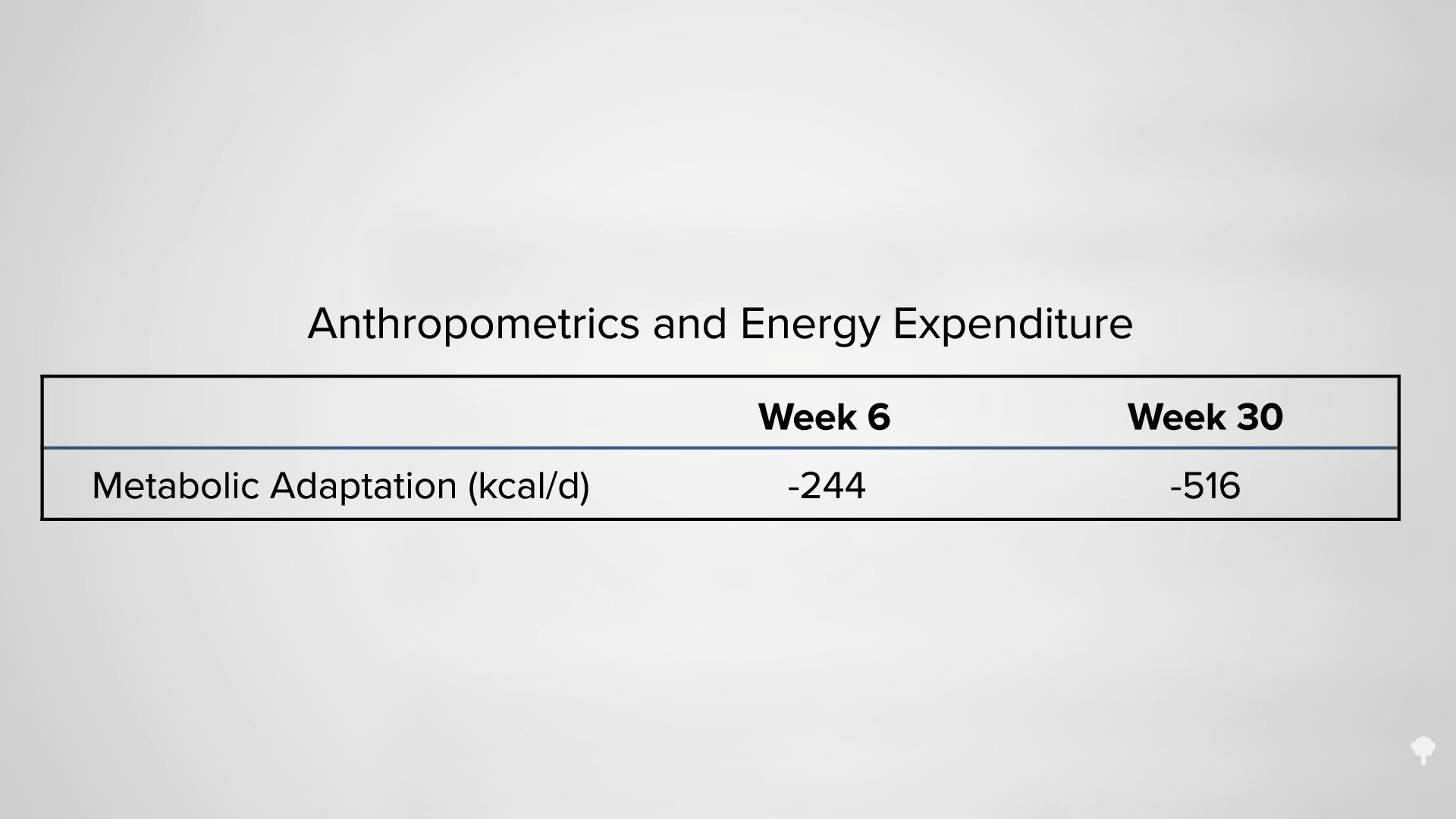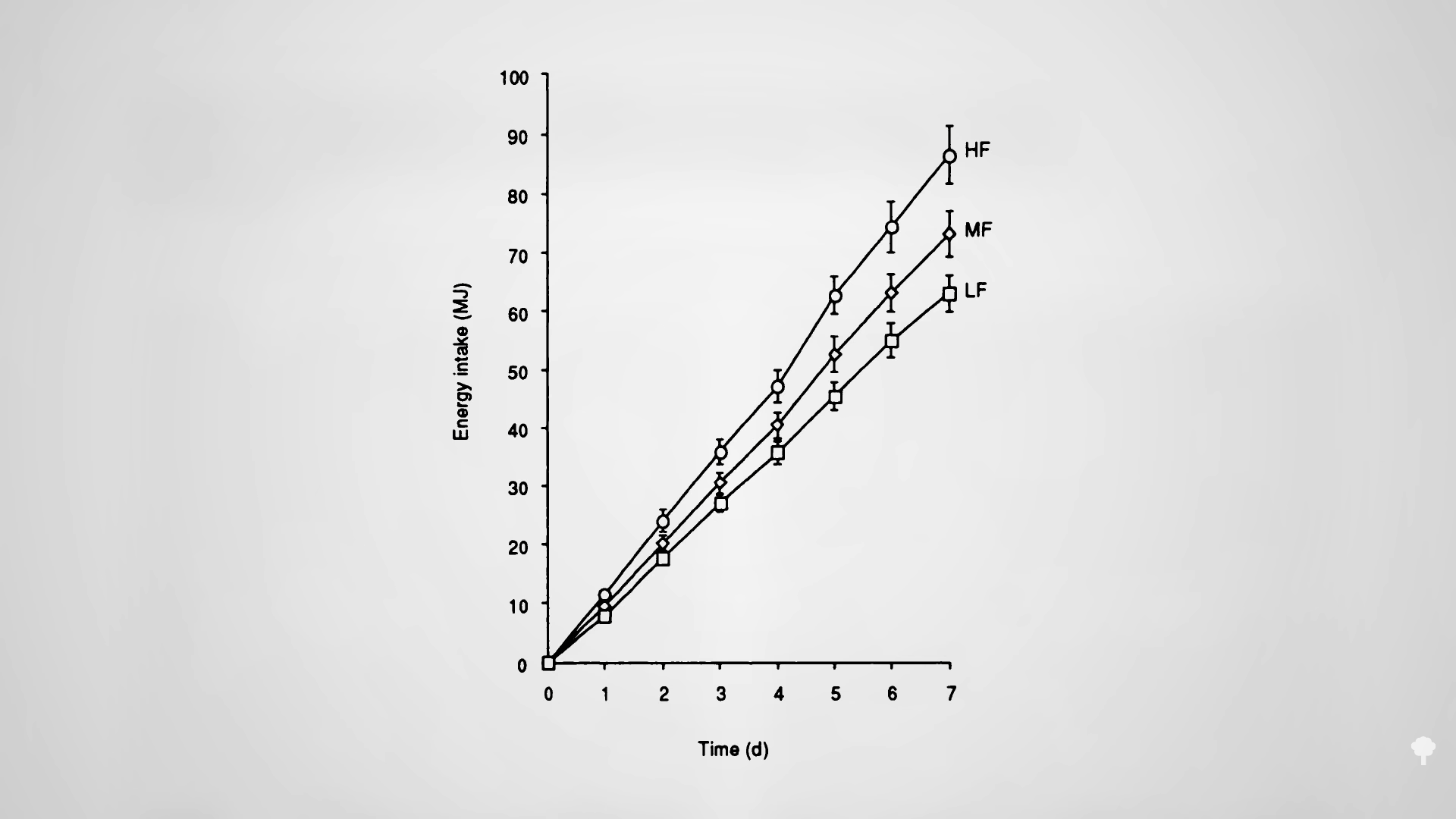[ad_1]
What are the metabolic and behavioral adjustments that decelerate weight reduction?
Because of millions of years of evolution hard-wiring our bodies to endure scarcity, we have built-in survival mechanisms to protect against weight loss. When we commence shedding pounds, we may unconsciously commence to reduce physical activity as a “behavioral adaptation” to conserve energy. There are metabolic adjustments as well; our metabolism decelerates. Every pound of weight loss might diminish our resting metabolic rate by seven calories per day. This might only lead to a minor variation for most, but it can swiftly cascade for those who attain extensive weight loss. This phenomenon is clarified in my video The Reason Weight Loss Plateaus When You Diet.
During one session of the television show The Biggest Loser, some of the contestants famously had their metabolic rates monitored. As illustrated in the charts below, beyond the several hundred fewer calories it takes to just exist when more than a hundred pounds lighter (at 0:55 in my video), by the conclusion of the session, their metabolic rates had decelerated by an extra 500 calories per day (at 1:03 in my video).


The astounding part is that during a follow-up six years later, their 500-calorie-a-day handicap persisted. Hence, the contestants had to decrease their calorie intake by an additional 500 calories compared to anyone else of their stature to maintain the same weight loss. No wonder most of their weight loss was regained. As shown in the graph below and at 1:23 in my video, however, most of them stayed at least 10 percent below their initial weight.

Even a 7 percent reduction has been demonstrated to halve diabetes rates, as evidenced in the graph below and at 1:31 in my video. Nevertheless, the metabolic deceleration implies that you have to work much harder than others just to stay at the same level.  Through an in-depth analysis of four seasons of The Biggest Loser, researchers observed that 85 percent of the emphasis was on exercise rather than diet, even though the exercise component accounted for less than half of the weight loss. Even six years after the conclusion of their season, the contestants had been maintaining an hour of daily, vigorous exercise, yet still regained most of the weight they had shed. Why? Because they had commenced consuming more. If they had been able to keep their intake below 3,000 calories per day, they could have limited their exercise to just 20 minutes daily and still retained 100 percent of their initial weight loss. That may not seem like a significant challenge, but weight loss not only decelerates your metabolism; it also heightens your appetite.
Through an in-depth analysis of four seasons of The Biggest Loser, researchers observed that 85 percent of the emphasis was on exercise rather than diet, even though the exercise component accounted for less than half of the weight loss. Even six years after the conclusion of their season, the contestants had been maintaining an hour of daily, vigorous exercise, yet still regained most of the weight they had shed. Why? Because they had commenced consuming more. If they had been able to keep their intake below 3,000 calories per day, they could have limited their exercise to just 20 minutes daily and still retained 100 percent of their initial weight loss. That may not seem like a significant challenge, but weight loss not only decelerates your metabolism; it also heightens your appetite.
If only your weight settling at the point where your reduced caloric intake equals your reduced caloric expenditure, it would take years for your weight loss to reach a plateau. Instead, it frequently happens within six to eight months. You can observe representative graphs below and at 2:34 and 2:43 in my video. You likely terminated following your diet due to your appetite going haywire instead of blaming your metabolism, which only has a minor role.

 Let’s dissect it. Assuming you eliminate 800 calories from your daily diet—from 2,600 calories daily to 1,800, for example—and your weight loss stops after six months, what might have occurred is that at the end of the first month, you believe you are still reducing 800 calories, but you may really only be down around 600 calories a day. By the second month, it might only be about 500 calories less, 300 by the third month, and, by the sixth month, you might only be consuming 200 fewer calories than prior to dieting.This means that you might have inadvertently experienced a significant rise in caloric consumption over those six months. What’s more, you might not even be aware of it because, by that point, your body could have increased your hunger by 600 calories. Therefore, it may still feel like you are consuming 800 calories less, but in reality, it’s only 200 fewer calories. Given that an 800-calorie decrease in intake can slow down your metabolism and physical activity by approximately 200 calories per day, with no disparity between calories consumed and expended at six months, it’s no surprise that your weight loss comes to a complete standstill.
Let’s dissect it. Assuming you eliminate 800 calories from your daily diet—from 2,600 calories daily to 1,800, for example—and your weight loss stops after six months, what might have occurred is that at the end of the first month, you believe you are still reducing 800 calories, but you may really only be down around 600 calories a day. By the second month, it might only be about 500 calories less, 300 by the third month, and, by the sixth month, you might only be consuming 200 fewer calories than prior to dieting.This means that you might have inadvertently experienced a significant rise in caloric consumption over those six months. What’s more, you might not even be aware of it because, by that point, your body could have increased your hunger by 600 calories. Therefore, it may still feel like you are consuming 800 calories less, but in reality, it’s only 200 fewer calories. Given that an 800-calorie decrease in intake can slow down your metabolism and physical activity by approximately 200 calories per day, with no disparity between calories consumed and expended at six months, it’s no surprise that your weight loss comes to a complete standstill.
The gradual increase in caloric intake while on a new diet doesn’t indicate laziness. Once your appetite climbs by 600 calories after dieting for a while, consuming 200 fewer calories at the end is as challenging as consuming 800 fewer calories at the beginning. Therefore, you can maintain the same level of determination and self-discipline and still end up stagnating. To prevent this, you need to sustain the calorie deficit. How is this achievable when faced with an insatiable appetite?
Hunger is an instinctive urge. Asking someone to eat smaller portions is akin to asking someone to take fewer breaths. You might tough it out for a while, but eventually, nature triumphs. This is why I authored How Not to Diet. There are foods that can counter the reduction of our metabolism and suppress our appetite, alongside eating habits to counter the behavioral adjustment and even consume more food—yet still shed pounds.
Due to “the continual slowdown of metabolism and increased appetite related to the lost weight,” continual weight loss demands a sustained daily calorie deficit of 300 to 500 calories. This can be achieved without reducing portion sizes simply by decreasing the calorie density of meals, resulting in the exceptional combination of weight loss while boosting the quality and even quantity of consumed food. (Refer to the two graphs below and at 5:34 and 5:40 in my video.) The conclusion is that sustainable weight loss does not hinge on consuming less food. It’s about consuming improved food.

 In a previous video, I explore why The 3,500 Calorie per Pound Rule Is Wrong. In this regard, what is The New Calories per Pound of Weight Loss Rule? Watch that video to discover.
In a previous video, I explore why The 3,500 Calorie per Pound Rule Is Wrong. In this regard, what is The New Calories per Pound of Weight Loss Rule? Watch that video to discover.
My book How Not to Diet is centered on weight loss and breaking the diet cycle. For more information about weight loss, consult the accompanying videos below.
View the Weight Loss topic page for additional pertinent videos.
Click here to get Blue Heron Health News at discounted price while it’s still available…
[ad_2]



4 Comments
Với giao diện mượt mà và ưu đãi hấp dẫn, MM88 là lựa chọn lý tưởng cho các tín đồ giải trí trực tuyến.
Đến với J88, bạn sẽ được trải nghiệm dịch vụ cá cược chuyên nghiệp cùng hàng ngàn sự kiện khuyến mãi độc quyền.
kuwin sở hữu kho game đa dạng từ slot đến trò chơi bài đổi thưởng, mang đến cho bạn những giây phút giải trí tuyệt vời.
Khám phá thế giới giải trí trực tuyến đỉnh cao tại MM88, nơi mang đến những trải nghiệm cá cược thể thao và casino sống động.